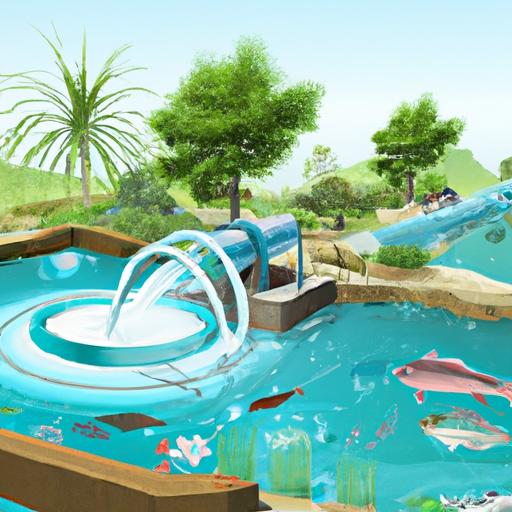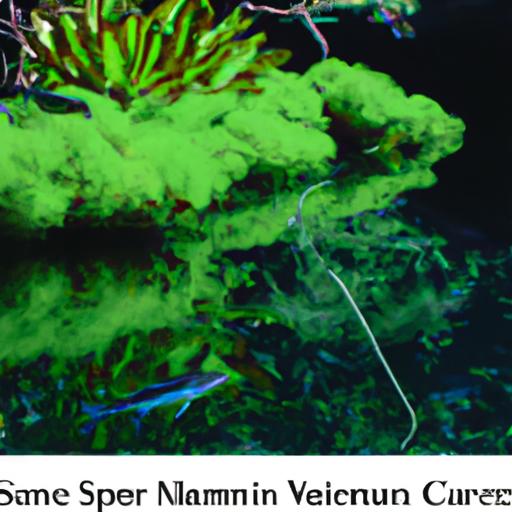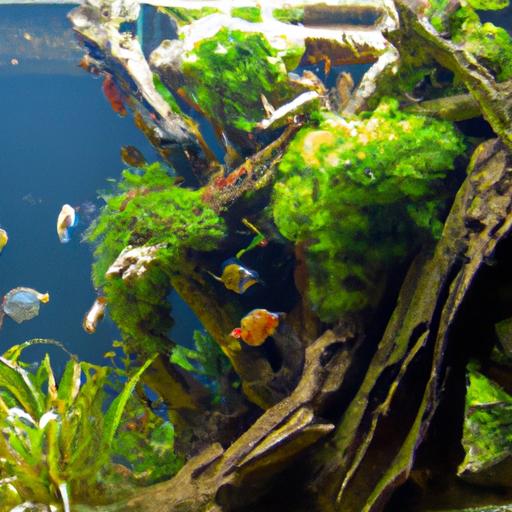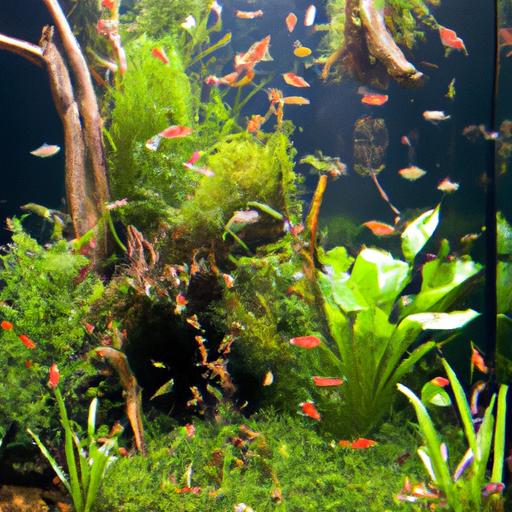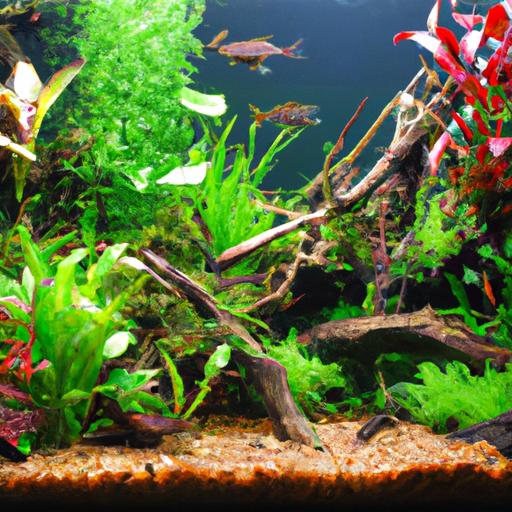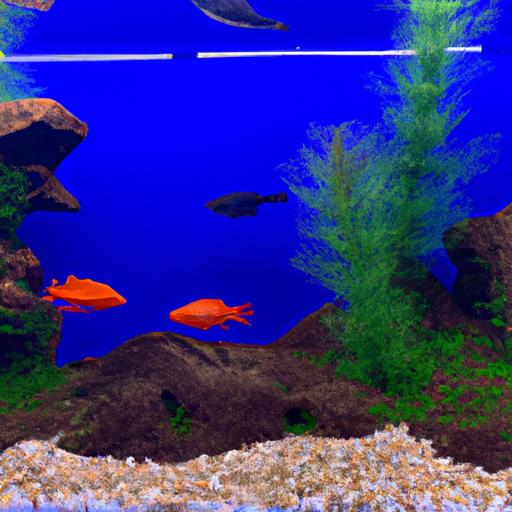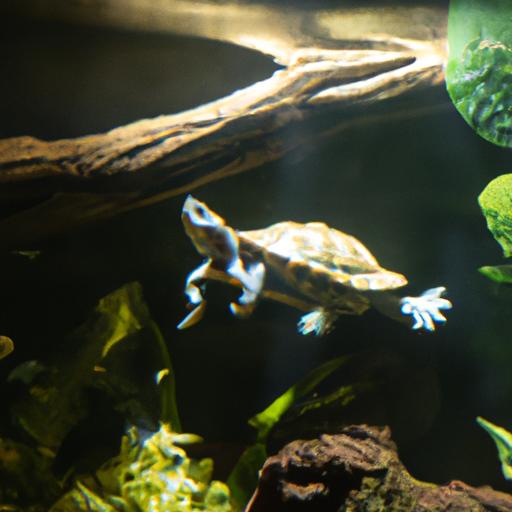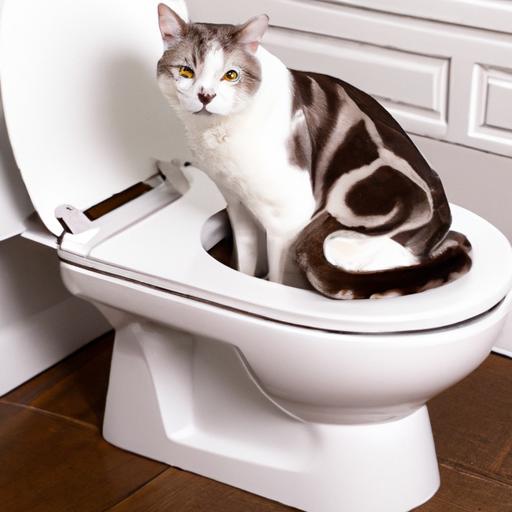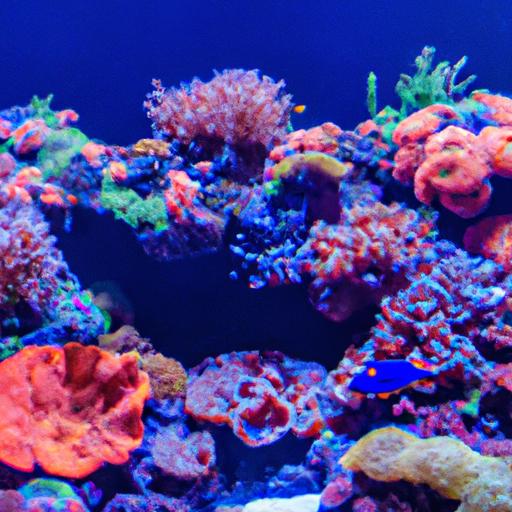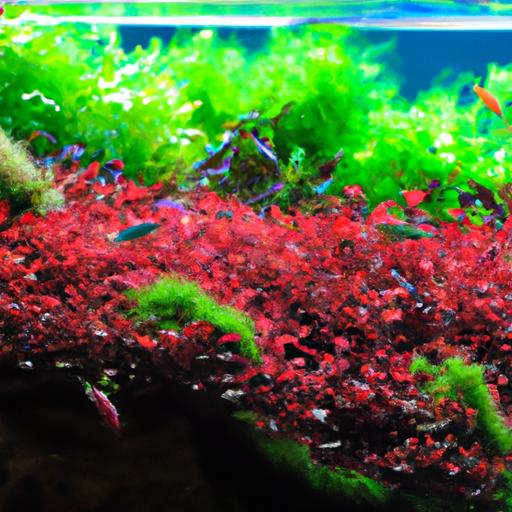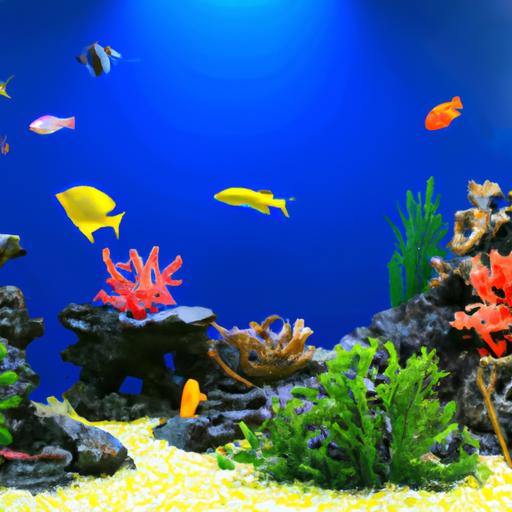
Essential Steps for Maintaining a Healthy Tank
Discover the essential steps for maintaining a healthy tank and providing optimal care for your aquatic pets. Ensure their well-being with expert advice.
Introduction
Maintaining a healthy tank is essential for the well-being of your aquatic pets. Whether you have a freshwater planted discus tank, a freshwater planted shrimp community tank, or a freshwater planted rasbora nano tank, following a few simple steps can make all the difference in ensuring a thriving and vibrant underwater ecosystem. In this article, we will discuss the essential steps you need to follow to keep your tank in optimal condition. By adhering to these guidelines, you can provide your fish with a habitat that promotes their health, happiness, and longevity.
Essential Steps for Maintaining a Healthy Tank
Regular Water Testing and Monitoring
One of the fundamental aspects of tank maintenance is regular water testing and monitoring. Water parameters such as pH levels, ammonia, nitrite, and nitrate levels need to be within the ideal range for the specific species of fish you have. Testing kits are readily available and easy to use, allowing you to keep a close eye on the water quality. Regular testing ensures that any deviations from the ideal conditions can be identified and promptly addressed, thus preventing potential health issues for your fish.
Proper Filtration System Maintenance
A well-functioning filtration system is crucial for maintaining a healthy tank. It helps remove waste, excess nutrients, and harmful substances from the water, ensuring a clean and safe environment for your fish. Regular maintenance of the filtration system is necessary to keep it functioning optimally. This includes cleaning or replacing filter media, checking for any clogs or blockages, and ensuring the proper flow of water. By maintaining your filtration system, you can effectively prevent the buildup of toxins and maintain water clarity.
Regular Cleaning of Tank and Decorations
Regular cleaning of your tank and decorations is essential to prevent the accumulation of debris, algae, and other unwanted substances. During the cleaning process, it is important to use aquarium-safe cleaning tools and products to avoid any harmful effects on your fish. Gently scrub the walls of the tank, clean any ornaments or plants, and siphon out debris from the substrate. Performing regular water changes alongside cleaning will help maintain optimal water quality and remove any excess nutrients that can lead to algae growth.
Consistent Feedings and Monitoring of Fish
Proper feeding practices play a significant role in maintaining a healthy tank. Overfeeding can lead to water pollution and various health issues, while underfeeding can result in malnutrition. It is crucial to provide your fish with a balanced diet suitable for their specific species. Monitor their eating habits and adjust the quantity of food accordingly. Uneaten food should be promptly removed to prevent its decomposition and subsequent negative impact on water quality.
FAQ (Frequently Asked Questions)
What are the ideal water parameters for a healthy tank?
The ideal water parameters may vary depending on the species of fish you have. It is recommended to research the specific requirements of your fish and strive to maintain pH levels, ammonia, nitrite, and nitrate levels within their preferred ranges. Regular water testing will help you ensure that these parameters are within the ideal range for your aquatic pets.
How often should the filtration system be cleaned?
The frequency of cleaning your filtration system depends on various factors such as the tank size, the number of fish, and the type of filtration system you have. As a general guideline, it is recommended to clean or replace filter media every 4-6 weeks. However, it is essential to monitor the flow rate and performance of the filtration system regularly. If you notice a decrease in flow or any signs of blockages, it may be necessary to clean or replace the media more frequently.
Can I use household products for cleaning the tank?
No, it is not advisable to use household products for cleaning your tank. Many household cleaners contain chemicals that can be toxic to fish. Instead, opt for aquarium-safe cleaning products specifically designed for use in fish tanks. These products are formulated to be safe for aquatic life while effectively removing algae and debris from the tank and equipment.
What is the recommended feeding schedule for fish?
The recommended feeding schedule can vary depending on the species of fish. Generally, it is recommended to feed your fish small portions 2-3 times a day, ensuring they consume the food within a few minutes. This helps prevent overfeeding and the subsequent negative impact on water quality. Adjust the feeding amount based on the appetite and behavior of your fish, ensuring they receive adequate nutrition without excessive waste.
Conclusion
Maintaining a healthy tank requires a few essential steps that can significantly impact the well-being of your aquatic pets. By regularly testing and monitoring water parameters, maintaining a proper filtration system, performing regular tank and decoration cleaning, and ensuring consistent feedings, you can provide a thriving environment for your fish. Remember, a healthy tank leads to healthy and happy fish. So, prioritize tank maintenance and follow these essential steps to ensure the long-term success of your aquatic ecosystem.
Note: For more information on setting up specific types of tanks, such as a freshwater planted discus tank, a freshwater planted shrimp community tank, or a freshwater planted rasbora nano tank, please refer to our detailed guides: Essential Steps for a Successful Freshwater Planted Discus Tank, Setting up a Freshwater Planted Shrimp Community Tank, and Setting up a Freshwater Planted Rasbora Nano Tank.
